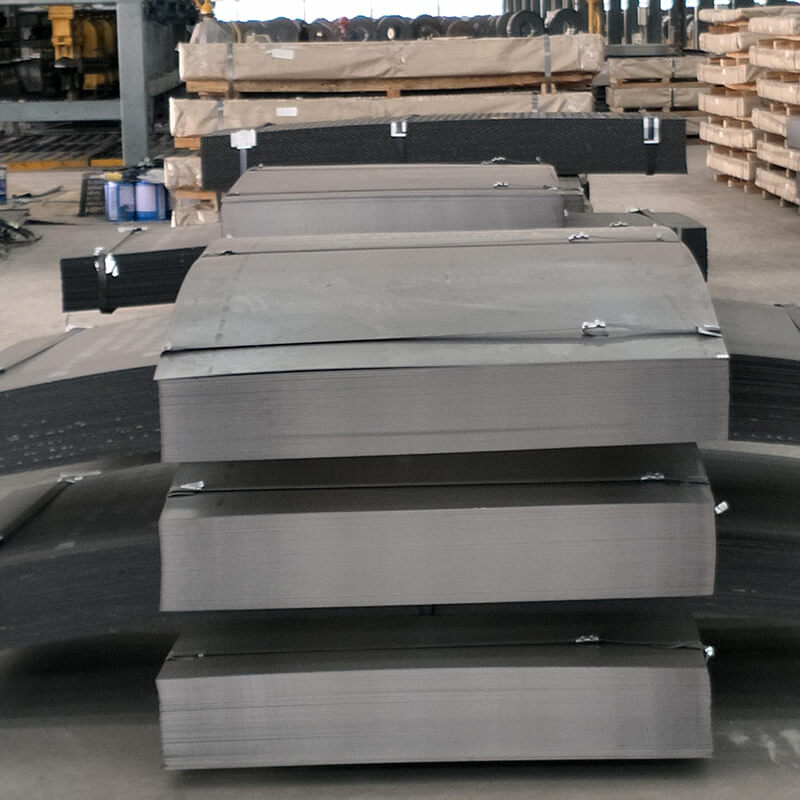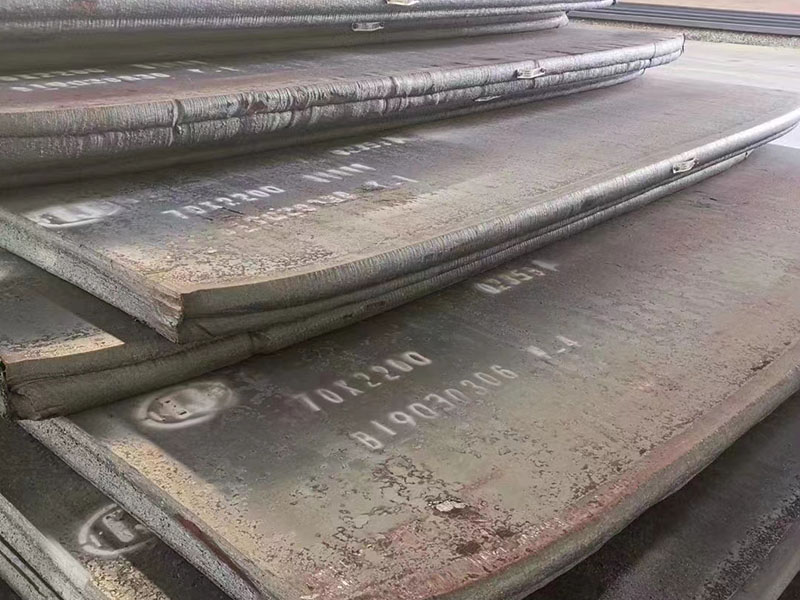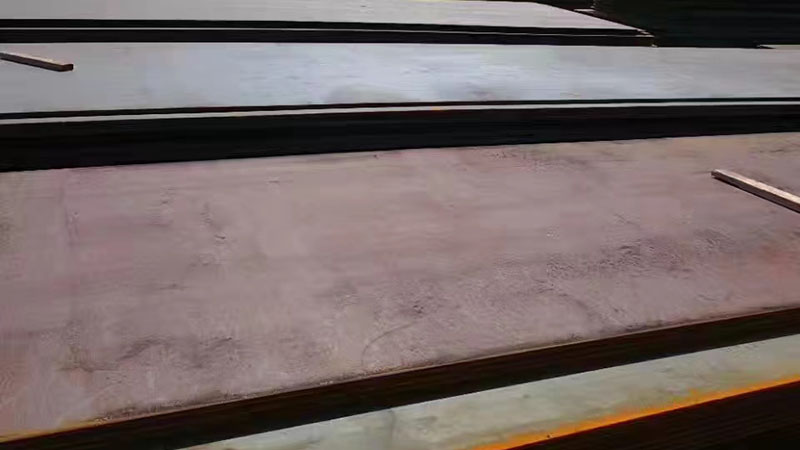galvanized steel coil,Stainless steel coil,PPGI steel coil,stainless steel pipe

380CL Hot rolled carbon steel coil
08/11/2022
1006 hot rolled carbon steel coil
07/29/2022



The main brands of wear-resistant plates are NM360, nm400, nm450 and nm500 according to the hardness and welding process.
There is metallurgical bonding between the wear-resistant layer of wear-resistant steel plate alloy and the matrix. Through special equipment and automatic welding process, the high hardness self protective alloy welding wire is evenly welded on the substrate. The number of composite layers is one to two or even multiple layers. During the composite process, uniform transverse cracks appear due to different alloy shrinkage ratios, which is the remarkable feature of wear-resistant steel plates.
The wear-resistant layer is mainly composed of chromium alloy, and other alloy components such as manganese, molybdenum, niobium and nickel are also added. The carbides in the metallographic structure are fibrous distribution, and the fiber direction is perpendicular to the surface. The micro hardness of carbide can reach above hv1700-2000, and the surface hardness can reach HRC58-62. Alloy carbides have strong stability at high temperature, maintain high hardness, and have good oxidation resistance. They can be used normally under 500 ℃.
Wear resistant steel plate has high wear resistance and good impact performance. It can be cut, bent, welded, etc. it can be connected with other structures by welding, plug welding, bolt connection, etc. it is time-saving and convenient in the process of maintenance. It is widely used in metallurgy, coal, cement, electricity, glass, mining, building materials, brick and tile and other industries. Compared with other materials, it has a high cost performance ratio, It has been favored by more and more industries and manufacturers.
